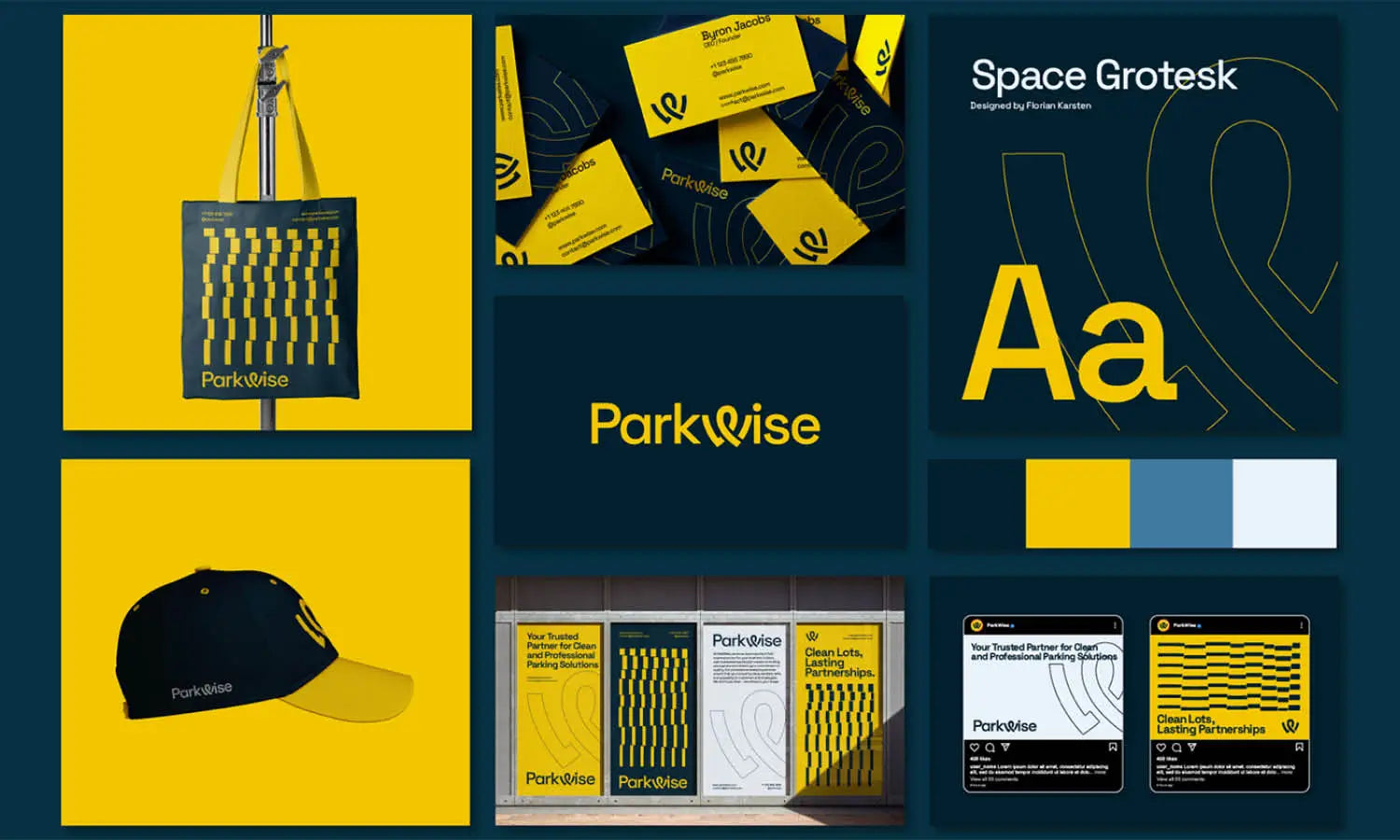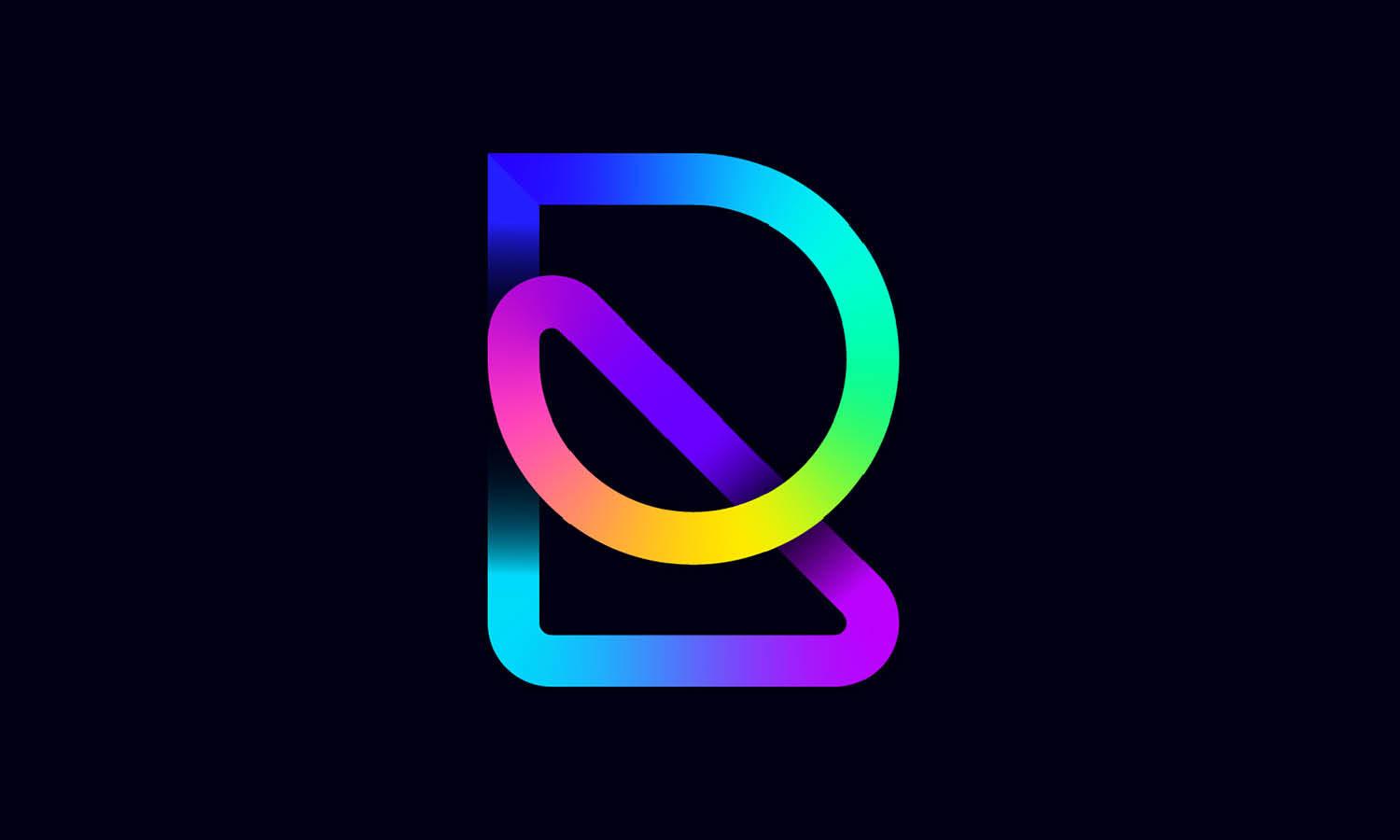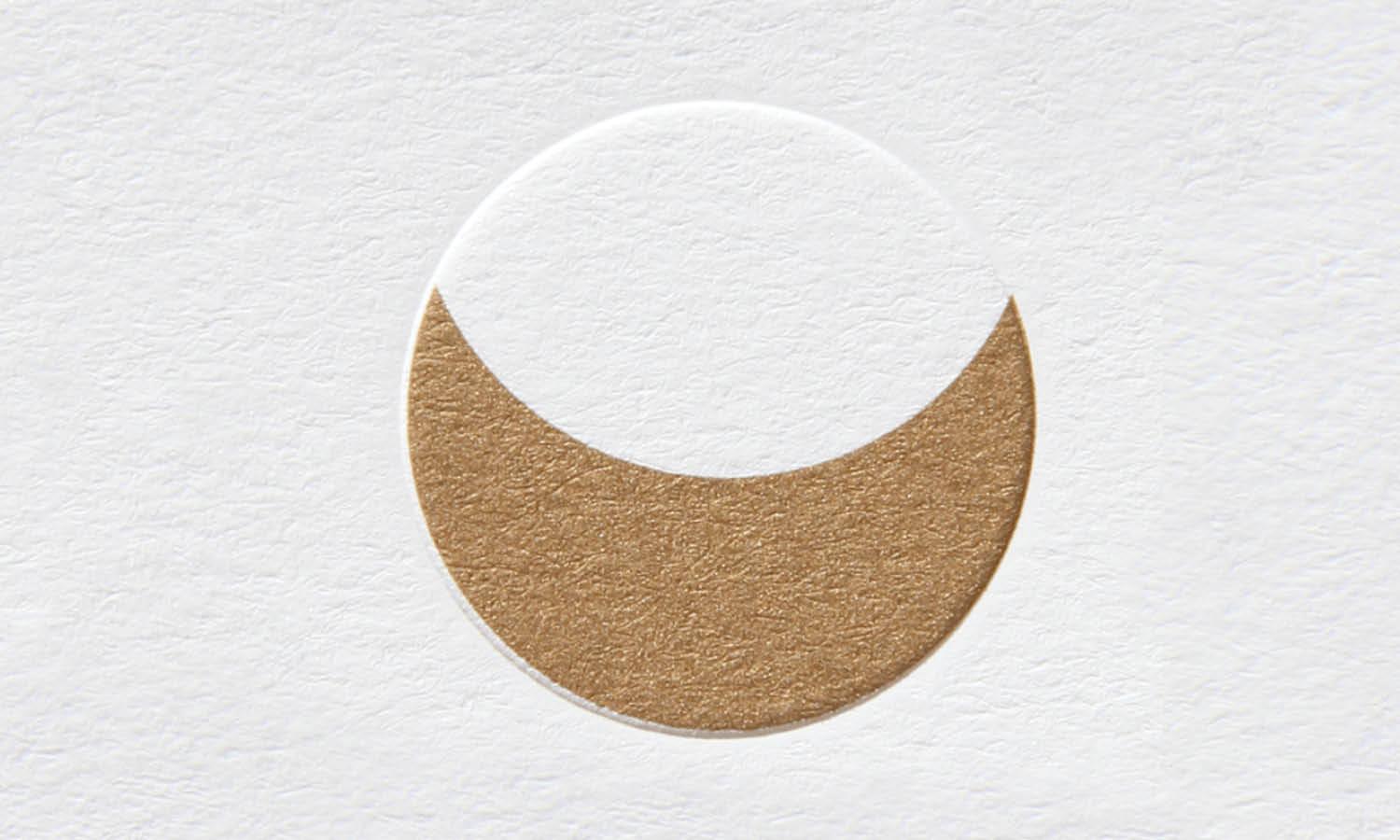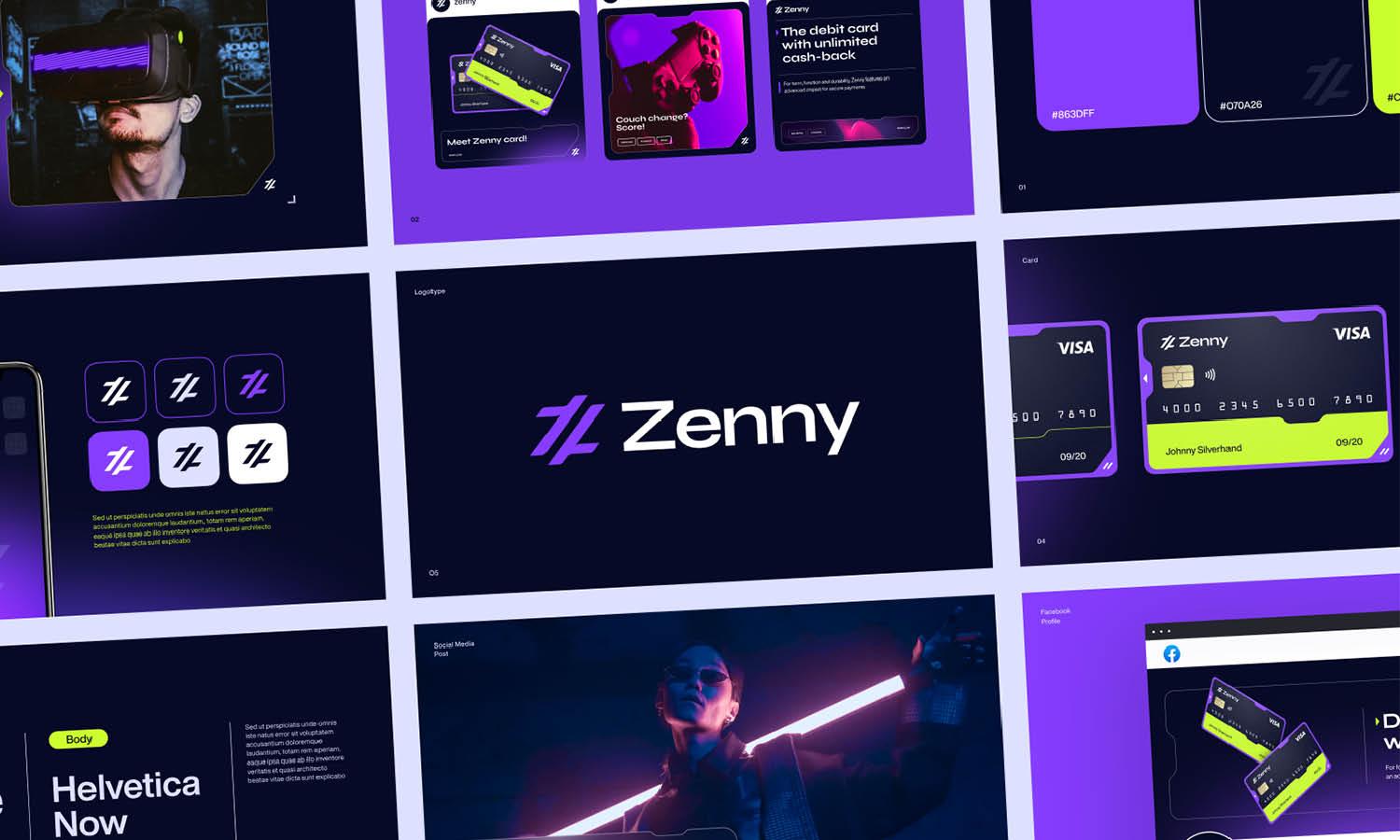How Much Does A Logo Design Cost?

When it comes to establishing a brand's visual identity, the logo stands at the forefront. It's not just a symbol but a crucial marketing tool that encapsulates your company’s ethos and attracts the target audience. As such, determining the logo design cost is a key concern for businesses of all sizes. Whether you're a startup on a tight budget or a well-established company looking to rebrand, understanding the cost of logo design is essential for planning your marketing strategy effectively.
Logo design costs can vary widely, influenced by several factors including the designer’s expertise, the complexity of the design, and the specific needs of your business. Additionally, the scope of the design process itself—from initial concepts to final revisions—plays a significant role in shaping the price. In this article, we will delve into the various aspects that affect logo design cost, offering insights and guidance to help you make informed decisions about investing in your brand’s first impression.
Understanding Logo Design Cost: What Factors Into the Price?
The logo design cost is influenced by a variety of factors that can significantly affect the final price tag. At the core, the designer's expertise and reputation play a critical role. Experienced designers or well-known design agencies typically charge more due to their proven track records and high demand. The complexity of the logo also impacts cost. A simple text-based logo might be less expensive compared to an intricate graphical emblem that requires more time and artistic input.
The timeline for the project is another important consideration. A rushed job often incurs additional charges as it requires the designer to prioritize one project over others. Furthermore, the number of revisions included in the initial quote can affect the overall cost. More revisions mean more hours spent, which could increase the price.
Lastly, the scope of the branding project—if the logo is part of a larger branding strategy including marketing materials and other visual elements—the cost will likely be higher. Understanding these factors will help you anticipate the budget needed for your logo and ensure you invest appropriately to get a design that best represents your brand.
The Importance of Budgeting for Quality Logo Design
Investing in a quality logo design should be a pivotal part of your branding strategy. The logo serves as the face of your company, and its design impacts customer perception and brand value. Budgeting adequately for your logo design ensures that you can hire a professional designer or agency capable of translating your brand identity into a visual format that resonates with your target audience.
A well-crafted logo can enhance brand recognition and credibility. It's often the first point of interaction potential customers have with your brand, so a distinctive and professional logo sets a positive tone. Underbudgeting may force you to settle for a less experienced designer or a generic design that fails to differentiate your brand in the marketplace.
Allocating a sufficient budget for logo design also allows for a thorough design process, including research, concept development, and multiple revisions. This process is critical to achieve a final design that effectively communicates your brand message and aesthetic. Moreover, considering future brand growth and the versatility of the logo across various platforms is essential. A good investment in logo design can yield a timeless logo that adapts well to future brand needs without requiring costly redesigns.
Average Logo Design Cost: What to Expect
When budgeting for a new logo, understanding the average logo design cost can guide your expectations and help you make informed decisions. Costs can vary widely, depending on several factors, such as the designer's expertise, the complexity of the design, and the intended use of the logo. Generally, logo design projects can range from as low as $100 for a basic design by an inexperienced designer to over $10,000 for a top-tier agency.
For small businesses or startups, freelance designers might charge between $300 to $1,300, which usually includes a couple of design concepts and revisions. This range is affordable for many and can provide a custom logo that resonates with the brand’s identity. Mid-range agencies typically offer more comprehensive services, which include extensive research and multiple design iterations, with prices ranging from $1,000 to $5,000.
At the higher end, renowned design agencies charge upwards of $5,000, with the price potentially reaching $50,000 for globally recognized agencies. These costs reflect the agency's market position, the strategic insight provided, and the added value of their brand association. Understanding these price ranges helps in setting realistic budget expectations and selecting the right designer or agency to match your business’s needs and financial capabilities.

Freelance Designer vs. Design Agency: Cost Comparison
Choosing between a freelance designer and a design agency involves several factors, primarily influenced by budget, project scope, and desired level of expertise. Generally, freelance designers are more cost-effective, making them an attractive option for startups and small businesses. Freelancers can offer lower rates ranging from $200 to $2,000 for logo design, as they have lower overhead costs than agencies.
Design agencies, on the other hand, typically charge more, starting from around $1,000 to well over $10,000 for comprehensive branding packages. The higher cost is due to the agency providing a broader range of services, including market research, extensive brand strategy, and a team of designers who specialize in different areas of design and branding.
The choice between the two often comes down to the complexity of the logo design and the level of service required. Freelancers might be suitable for businesses with a clear vision of their logo and who require fewer revisions. In contrast, agencies offer a more collaborative approach, involving detailed consultations, several design options, a systematic revision process, and sometimes, brand development services beyond just logo creation.
Ultimately, when comparing costs between freelancers and agencies, consider the long-term value of the logo and the impact on your brand's identity. While initial costs might be higher with an agency, the comprehensive approach and expertise can contribute significantly to establishing a strong and effective brand presence.
The Impact of Design Tools and Software on Logo Design Cost
The choice of design tools and software significantly impacts the logo design cost. Professional designers utilize a range of software, each varying in complexity, capabilities, and subscription costs. High-end programs like Adobe Illustrator or CorelDRAW, which are industry standards, come with a subscription cost that may be factored into the pricing of logo design services. These tools offer advanced features that allow for intricate designs and fine adjustments, which can lead to a higher pricing tier due to the enhanced quality of the output.
Conversely, the use of less expensive or free design software might reduce the overall cost. However, these tools might also limit the complexity of the design, potentially affecting the uniqueness and professional appeal of the logo. Furthermore, designers who invest in the latest technology and software are likely to deliver higher quality work, reflecting in the cost of their services.
Additionally, the usage of specialized software for specific types of logos, like animated logos or three-dimensional logos, can also influence the final cost. These designs often require more advanced skills and software capabilities, increasing the overall price.
The Role of Branding Briefs in Determining Logo Design Cost
A well-prepared branding brief is crucial in determining the logo design cost. The brief provides the designer with a clear understanding of the brand’s values, target audience, and the desired look and feel of the logo. This clarity helps in reducing the number of revisions required, directly impacting the cost. A comprehensive brief allows designers to create more accurate initial designs, which can minimize the back-and-forth often necessary to refine the logo, thus lowering the overall project cost.
The detail and specificity of a branding brief can also influence the pricing. A brief that requires extensive research, such as understanding competitive brands and market trends, may lead to a higher cost due to the additional time and resources needed to develop a fitting logo concept. Conversely, a straightforward brief for a simple logo design may result in lower costs, as the project requires less time and fewer resources.
Incorporating examples of liked and disliked designs, color preferences, and any must-have elements can also streamline the design process. By reducing uncertainty, designers can focus more effectively on creating a logo that aligns with the brand's identity without unnecessary iterations.
Price Ranges for Logo Design: From Basic to Premium Options
Logo design cost varies widely based on the type of service and the level of customization required. For those on a tight budget, basic logo options may start as low as $50 to $200. These are often pre-designed templates that can be slightly adjusted to fit your business’s name and color scheme. While economical, they offer limited uniqueness and may not effectively capture your brand’s essence.
Mid-range options typically cost between $300 and $1,500, offering a balance between cost and customization. At this level, freelance designers or small design studios provide custom designs tailored to your brand, including several revisions and different concept options. This range is suitable for small to medium-sized businesses looking for a distinct logo without a hefty price tag.
For businesses that require a comprehensive brand identity and highly customized logo, premium services range from $2,000 to over $10,000. These services are often provided by renowned design agencies and include extensive consultation, market research, multiple design concepts, and extensive revisions. Premium logos are meticulously crafted to convey the brand’s story, ethos, and objectives, providing a strong foundation for the company’s branding efforts.

Understanding the Value of Custom Logo Design
Understanding the value of custom logo design is crucial when considering the logo design cost. A custom logo goes beyond generic aesthetics; it involves a deep understanding of your brand's core values, target audience, and market position. This tailored approach ensures that the logo not only looks professional but also communicates the right message and resonates with the intended audience.
Investing in a custom logo design means engaging with design professionals who will conduct thorough research, brainstorm creative concepts, and develop a logo that stands out in a competitive market. The process typically involves several stages of revisions, ensuring that the final design perfectly aligns with your branding strategy. This meticulous attention to detail can significantly enhance brand recognition and customer loyalty, which are invaluable to long-term business success.
Moreover, a custom logo is designed to be versatile across various platforms and mediums, from digital advertising to physical marketing materials. It can adapt to different sizes and formats without losing its impact or readability, a crucial attribute in today’s multi-platform marketing environment.
Additional Costs to Consider When Budgeting for Logo Design
When budgeting for a logo design, it's essential to consider all potential costs beyond the initial design fee to avoid unexpected expenses. One significant additional cost is the expense of trademarking the logo, which protects your brand legally and can vary widely depending on geographical coverage and legal fees. Additionally, revisions can add to the overall cost if they exceed the number included in your package.
Another consideration is the delivery of various file formats. Ensuring you receive your logo in multiple formats like EPS, PNG, and PDF is crucial for different uses, such as print and digital media, which might incur additional charges. Also, consider the application of your logo on marketing materials such as business cards, letterheads, and promotional items, which require adaptation and resizing of the original design.
Furthermore, if your branding requires a comprehensive approach, costs for creating a complete brand identity package—including color palettes, font guidelines, and usage rules—should also be factored in. This comprehensive approach ensures brand consistency across all platforms but can significantly increase the overall project cost.
How Revisions and Feedback Can Affect Logo Design Costs
Revisions and client feedback are integral parts of the logo design process but can significantly impact the overall cost. Initially, many logo design packages include a set number of revisions; however, if the client's feedback leads to additional revisions beyond the agreed number, this can increase the project's cost.
Effective communication between the designer and client from the outset can mitigate excessive revisions. It is beneficial for clients to provide clear, concise feedback that aligns with their vision and branding goals. This focused feedback helps the designer make precise adjustments without extensive back-and-forth, which can escalate costs.
Moreover, the nature of the feedback can affect the complexity of the revisions required. Minor tweaks such as color changes or font adjustments are typically less costly than major structural changes to the design, which may require significant time and resources to address. Understanding the impact of each type of revision on the design process can help clients manage their expectations and budget accordingly.
Balancing the number of revisions, providing clear feedback, and understanding the timing for such interventions can significantly influence the final cost of logo design. Being mindful of these factors ensures a smoother design process and helps maintain the project within the budget.
Conclusion
Understanding the intricacies of logo design cost is crucial for any business aiming to craft a distinctive and impactful brand identity. By considering the various factors that influence pricing, from the designer's expertise to the complexity of the design and additional costs, you can better budget for this essential investment. Remember, a well-designed logo not only enhances your brand's visibility but also contributes to its overall credibility and market presence. Making informed decisions based on comprehensive cost considerations will ensure that your logo serves as a lasting emblem of your brand’s values and vision.
Let Us Know What You Think!
Every information you read here are written and curated by Kreafolk's team, carefully pieced together with our creative community in mind. Did you enjoy our contents? Leave a comment below and share your thoughts. Cheers to more creative articles and inspirations!
















Leave a Comment